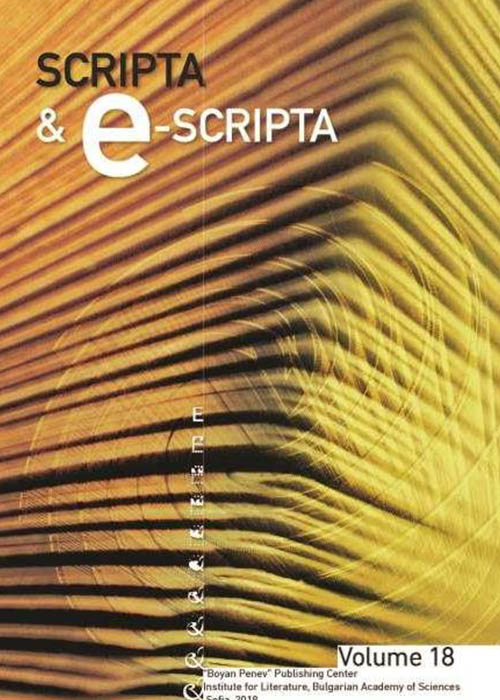The paper examines the treatment of the story through the language of the image in one of the most interesting churches in Moldavia (Romania) – Sucevitsa, as it tries to give more general conclusions about such kind of transcriptions in the proto-Byzantine epoch. As a matter of principle, the abundance of inscriptions, inserted in the image, contains a strong rhetoric connotation. In the first part of the study, the subject of the research is the epigraphic verbosity in the image, as a guarantee of narrativeness – in this way the inscription is examined as a means of narrativeness. The question of the discourse of the image, however, turns into a problem for the iconicity of the written material – the text goes beyond the framework of the narrative in order to turn itself into an iconic sign. Even more paradoxical is this problem in the epoch of the hesychasm – then comes a tension caused by the discursiveness of the sacred image and the hesychast requirement of silence.

